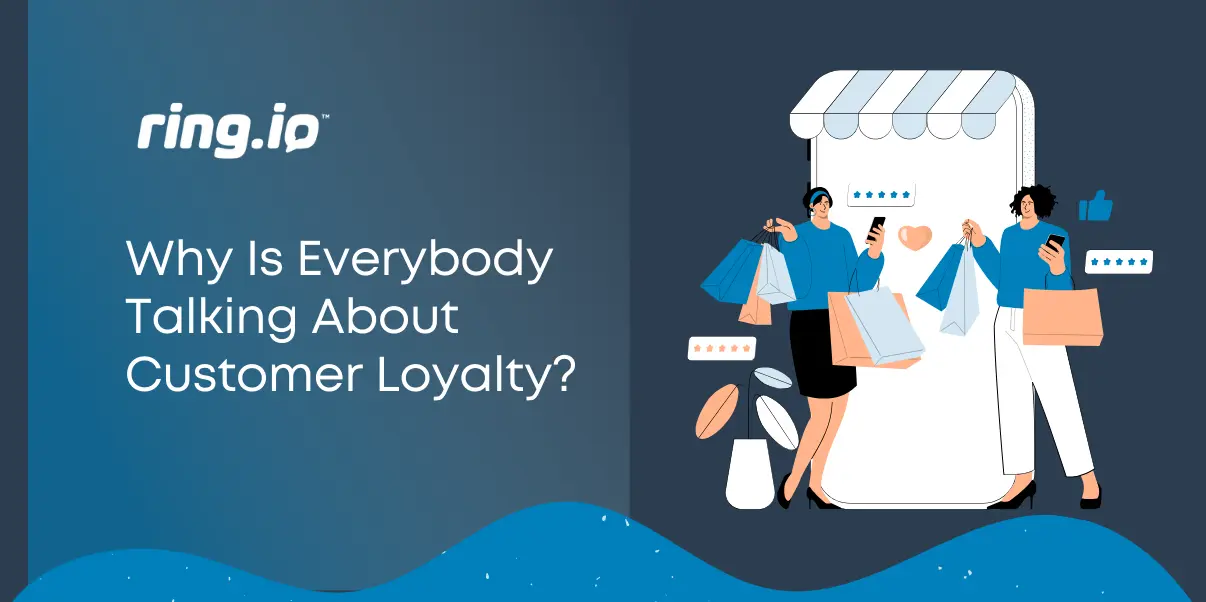For most of my career before I took a management role at salesforce.com, I was measuring the success of our inbound marketing efforts by the number of Leads that converted into Opportunities in salesforce. We called these Sales Qualified Leads (SQL’s).
For example, in any given month, if 40 Leads converted into 10 Opportunities, that would mean 10 SQL’s or a 25% conversion rate. Simple stuff right? My grade 4 math teacher would be proud.
However, after arriving at salesforce.com I noticed something really peculiar. The reporting on SQL’s was NOT based on how many Leads converted to Opportunities (they called those as Sales Ready Leads). SQL’s were based on how many Stage 1 Opportunities moved into Stage 2 Opportunities.
Salesforce.com calculates an SQL as an Opportunity moving from Stage 1 to Stage 2…. Not the generally accepted practice of marking an SQL as a Lead converting into an Opportunity.
But why does salesforce.com, the company that in many ways, revolutionized sales process, measure their SQL’s this way?
#1: It’s not qualified until an AE qualifies it
A fundamental mistake many companies make when specializing their sales team into inbound SDR’s and Account Executives, is leaving one of the most important metrics (SQL conversion) in the hands of a junior SDR, with limited qualification experience.
At salesforce.com, SDR’s work leads, build interest, do demo’s, high-level qualification. Once there is enough information qualified, the lead is converted and transferred into a Stage 1 Opportunity (Unqualified). It’s up to the AE to determine whether the deal is real (move to stage 2) or not.
Unless you ask your AE’s to work half qualified leads in the Lead record (a bad idea per #3 below), you should convert your leads to opportunities a bit earlier and have your seasoned AE’s determine whether it should move to Stage 2 (SQL) or not.
#2: Leads are One-Dimensional, Opportunities are not
The Lead record (object) inside salesforce comes with a lot of limitations. Because a lead is not yet an account, contact or opportunity, it is not connected to any other data in salesforce. As such, it makes it difficult to properly “work” the lead, since you are stuck working a one-dimensional object.
Any salesperson worth their salt, takes a lead and starts to work it in many dimensions. Researching the company becomes very difficult if you don’t have an Account created yet. Identifying the Decision Makers becomes very difficult when there is no Account to add Contacts to.
By converting a lead into an opportunity, you also create the Account and Contact. Doing this before the lead is qualified allows a seasoned rep to work the lead in many dimensions.
#3: AE’s should only work Opportunities
If you are truly going to specialized the roles in your sales organization, then ensure that your systems are specialized as well. As such, if you want efficient execution, AE’s should never touch leads and only work opportunities. By having them qualify stage 1 Opportunities rather than toggle back and forth to the Leads object, they will be much more efficient.
Another benefit of treating your Stage 1 Opportunities as unqualified leads, is that your Outbound prospecting efforts can simply be managed with the exact same process. Outbound is nearly impossible by using leads (read #2 above) so the creation of unqualified Stage 1 Opportunities as “prospecting targets” allows you to work an prospect Account properly and measure your outbound SQL’s in the same lens of your inbound SQL’s. Cool eh?
CAUTION! Some of you may have been reading this and saying: “OK the process makes sense, but now I’m going to have a bunch of unqualified Stage 1 pipeline in my funnel!?!”
Yes, this is true if you’re not careful. The beauty of salesforce is that it allows you to “Omit” pipeline based on it’s stage. Simply put, just omit Stage 1 Opportunities, so that your pipeline references any Opportunity Stage 2+.
About the Author:
Charlie Locke is the Chief Revenue Officer and Co-Founder of Saasli, a SaaS vertical specific CRM built on the salesforce.com platform.






